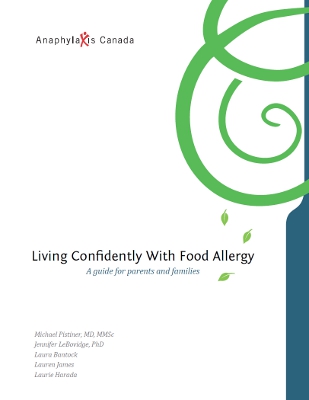Teaching your child about food allergies is necessary for their safety and confidence. Your goal is to empower your child with the knowledge and skills that will help them safely participate in all daily activities.
Be reliable. When you always read labels and carry emergency medication, your child will learn that this is important to do in order to stay safe. Even young children are watching and learning!
Teach your child why it’s important to follow allergy rules. Try to teach in a way that they can understand. This will differ by age and development. Routines give your child a sense of comfort and security. Use children’s allergy books as teaching tools to encourage habits such as hand washing. Even toddlers can learn this practice.
Plan ahead for food-related events. Children may enjoy preparing for events like birthday parties. Help them to find ways to deal with common problems that may arise.
Teach your child how to say “no thank you” politely. If they are not sure if a food is safe, they should feel confident about saying “no thank you”. This skill should be taught as early as possible. Use role playing to practice the words that they can use so that they feel confident in real situations.
Encourage honest and open communication. Your child should feel able to share their feelings and information, without fear of being punished. This includes situations where allergy rules were broken. If a child is afraid, they may hide this information from you and you will lose the chance to problem-solve together.
Try not to use terrifying words to describe allergy. Your child is listening to conversations that you have with others, so try to avoid using words like “deathly allergic”. For young children, phrases like “eggs can make you sick” or “peanuts are not safe for your body” may work. As children get older, they may be able to understand the role of the immune system. For example, “the immune system, the part of the body that usually fights germs, mistakes the food for something harmful. When the immune system fights back, that causes the allergic reaction”.
Children’s Book Everyday Cool with Food Allergies by Michael Pistiner, MD, MMSc
